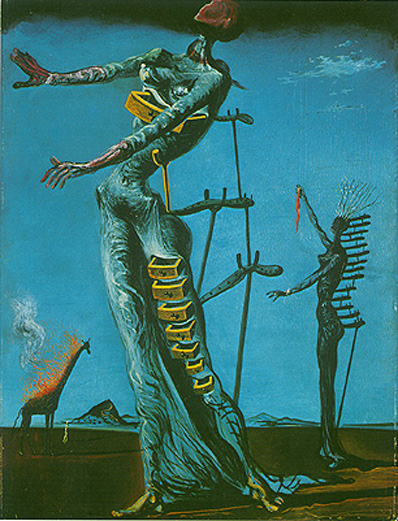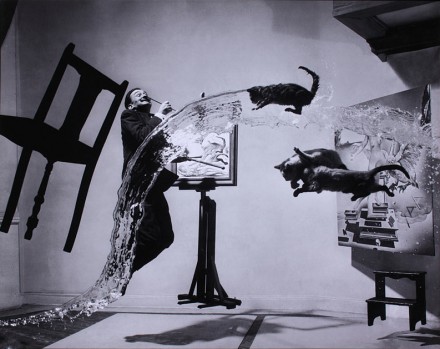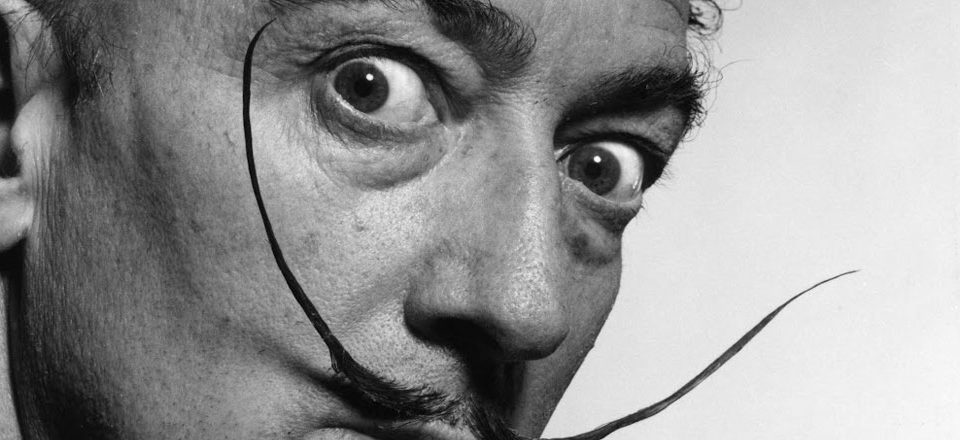I think Salvador Dali was the first fine artist I really got into. Before Dali, I followed comic book artists and anything by Walt Disney. (Interestingly enough, Dali and Disney talked a few times about collaborating on an animated feature. Unfortunately it never saw the light of day. The two giant egos couldn’t work together.)
[UPDATE: The short film Destino was completed eventually.]
“I don’t do drugs. I am drugs.” — Salvador DaliI think a lot of why I liked him when I was a teenager was how recognizable and strange his work is. That and the fact that I could pick out the “hidden” themes, most of them sexual. How many 17-year-olds know what a phallic symbol is? (Turns out I was just as juvenile as my classmates, only slightly more sophisticated.)
Early work: symbolism
“At the age of six I wanted to be a cook. At seven I wanted to be Napoleon. And my ambition has been growing steadily ever since.” — Salvador DaliHis early work, strange and imaginative as it is, is really not that good from a technical perspective. Dali’s craft just wasn’t up to the same level as his imagination, but he made up for it later.


Late “Classicism”
As Dali got older, he polished his technique a great deal, refining the finish and structure of his compositions. His technique caught up to his vision. His late works fused Classicism with his own brand of surrealism plus “atomic” explosions. He employed complicated geometry in his compositions, which I saw a few years ago at the Dali exhibit at the High Museum in Atlanta.

“Each morning when I awake, I experience again a supreme pleasure – that of being Salvador Dali.”

Personal Influence
In college I applied a variation on Dali’s “spoon nap” idea-generation technique when I drew “Night on the Plains of Loneliness”: I dozed off listening to Pink Floyd and drew what I saw:

The difference between false memories and true ones is the same as for jewels: it is always the false ones that look the most real, the most brilliant.” — Salvador DaliPin this post:




[…] Salvador Dali intentionally used the Golden Ratio in his artwork, as you can see in this preliminary sketch for “Leda Atomica.” He was influenced by the book The Geometry of Art and Life (1946) by Matila Ghyka. He cast his wife Gala as Leda, in love with Zeus as the swan, and set her inside a pentagram inside a circle, aligning elements of the painting with the lines of the “divine” shapes. […]